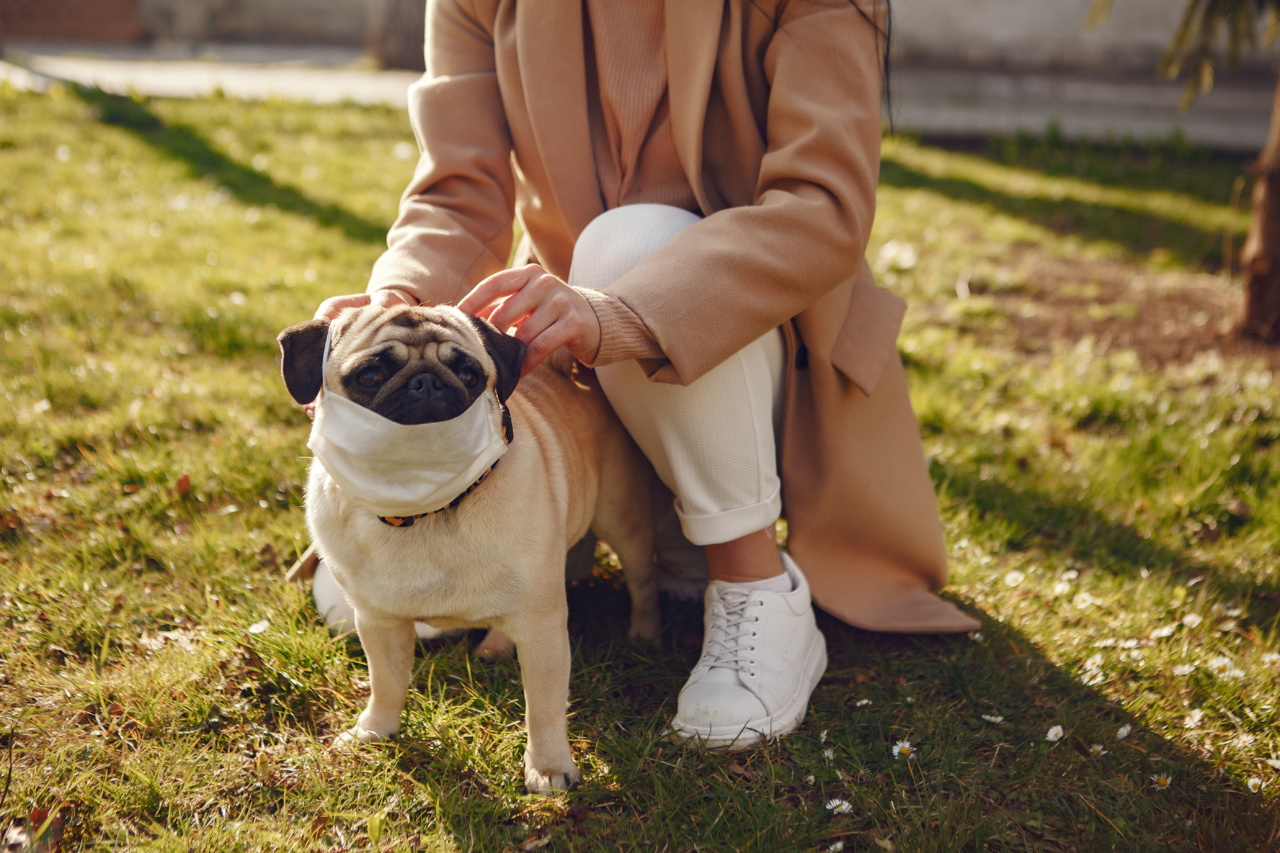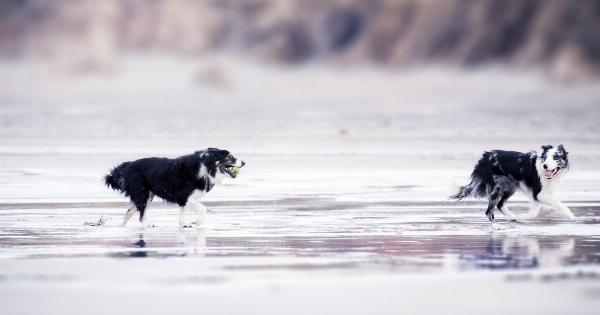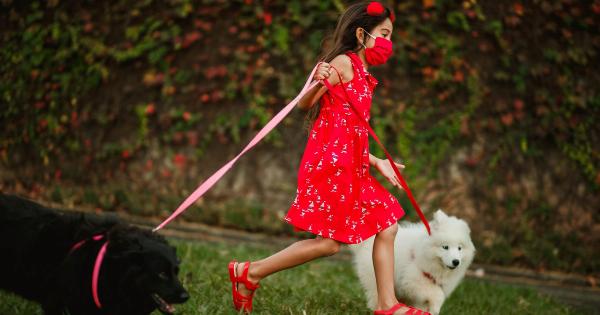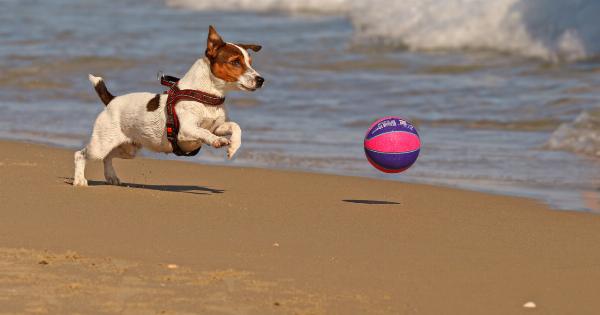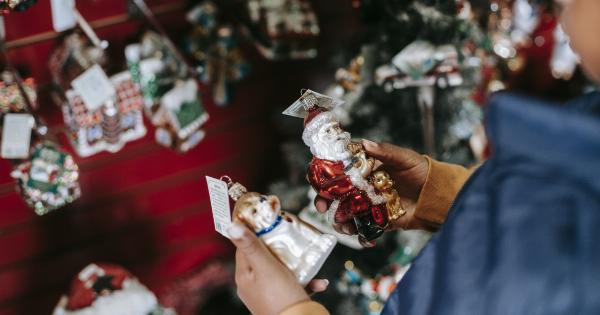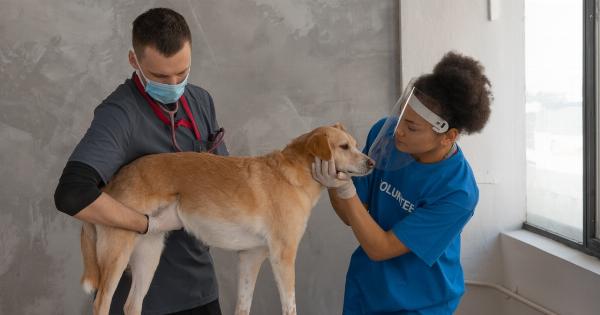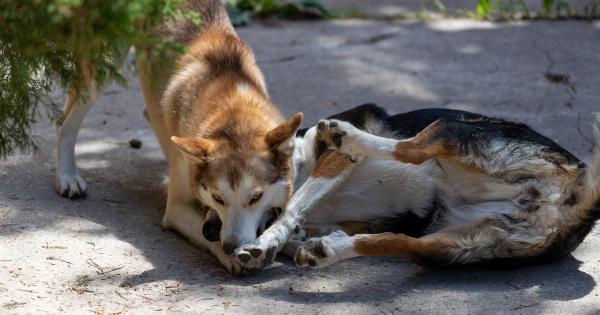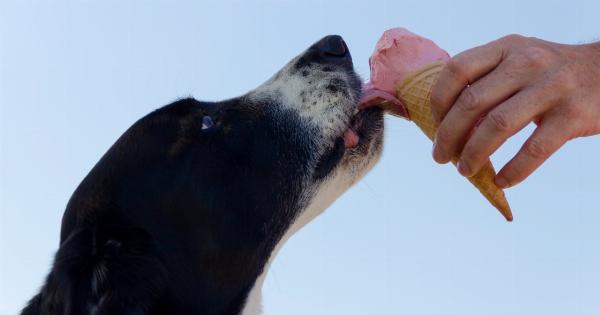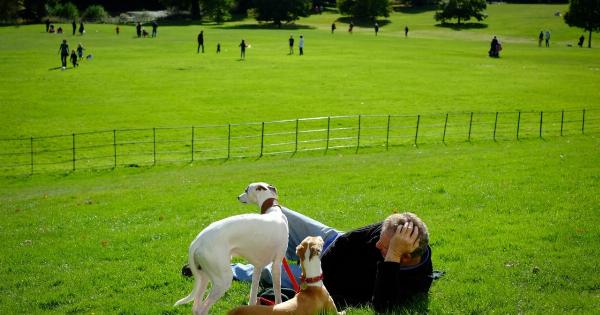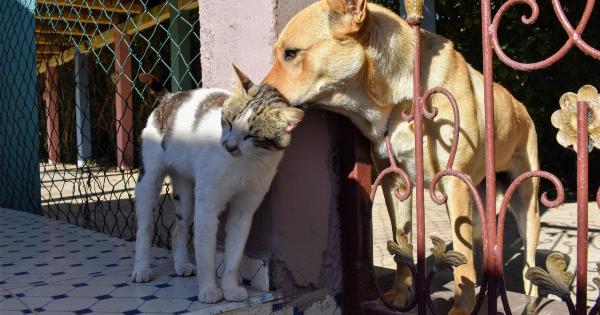Spring is a beautiful season, but it can also be dangerous for your furry friend. From allergies to pests, there are several things that can put your dog’s health at risk during this time.
Here are some tips to keep your canine friend safe and healthy this spring:.
1. Protect Your Dog from Ticks and Fleas
Ticks and fleas are most active during the spring season, and they can cause serious health problems for your dog. Make sure to treat your dog with a flea and tick preventive medication, which can help repel and kill these insects.
You can also use a flea comb to remove any fleas that may have attached to your dog’s fur. Check your dog’s fur regularly for ticks and remove them immediately using tweezers or a tick removal tool.
2. Keep Your Dog Away from Poisonous Plants
Spring is a time when many plants start to bloom. Some of these plants can be poisonous to dogs, including lilies, tulips, daffodils, and hyacinths. Keep your dog away from these plants, and make sure they don’t eat them.
If you suspect your dog has ingested a poisonous plant, contact your veterinarian immediately.
3. Watch Out for Allergies
Just like humans, dogs can suffer from allergies during the spring season. Common allergens include pollen, mold, and dust. If your dog starts to exhibit symptoms such as sneezing, itching, or coughing, it might be due to allergies.
You can help relieve their symptoms by keeping them indoors during peak allergy times, washing their feet and belly after a walk, and using an antihistamine medication prescribed by your veterinarian.
4. Keep Your Dog Hydrated
The warmer weather during spring can cause your dog to become dehydrated. Make sure to keep plenty of fresh water available to them, especially after a long walk or exercise.
You can also provide them with electrolyte-rich drinks or frozen treats to keep them cool.
5. Be Cautious around Water
Spring is a season when many dogs enjoy swimming and playing in water. However, it’s important to be cautious around bodies of water, especially if they are fast-moving or deep.
Always supervise your dog while they are swimming and make sure they wear a life jacket if they are not a strong swimmer. Additionally, prevent them from drinking water from ponds or lakes as it can be contaminated with harmful bacteria.
6. Keep Your Dog on a Leash
Spring is a time when many dogs become more active and adventurous. This can make them more likely to run off and get into trouble. Make sure to keep your dog on a leash while you’re out and about, especially in busy areas.
This will help prevent them from running into traffic or getting lost.
7. Take Your Dog for Regular Check-ups
Regular check-ups with your veterinarian are essential to ensuring your dog’s health and well-being. Spring is a good time to schedule a check-up, especially if your dog hasn’t seen a vet in a few months.
Your veterinarian can perform a thorough exam and make sure your dog is up-to-date on their vaccinations and preventive medications.
8. Keep Your Dog Safe during Spring Cleaning
Spring is the time when many people tackle their spring cleaning to-do lists. However, many cleaning products can be toxic to dogs. Keep your cleaning products out of reach and make sure to use pet-friendly products whenever possible.
Also, keep your dog out of the room while you’re cleaning to prevent them from inhaling any harmful chemicals.
9. Be Prepared for Emergencies
It’s always a good idea to be prepared for emergencies, especially during the spring season when the weather can be unpredictable.
Make sure to have a first-aid kit on hand for your dog, which should include items such as bandages, antiseptic, and scissors. Additionally, keep your veterinarian’s contact information handy in case of an emergency.
10. Take Care of Your Dog’s Grooming Needs
Spring is the time when dogs start to shed their winter coats. This can lead to matting, which can be uncomfortable for your dog. Make sure to brush your dog regularly to help remove any loose hair and prevent matting.
You can also take them to a professional groomer for a haircut or trimming.
